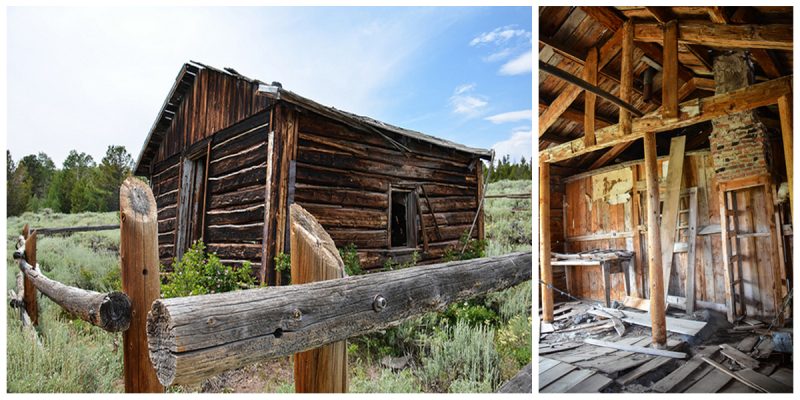Situated just a few miles east of Atlantic City, Wyoming, are the crumbling ruins of the old mining camp of Miners Delight that prospered during the mining boom in the American West in the second half of the 19th century.
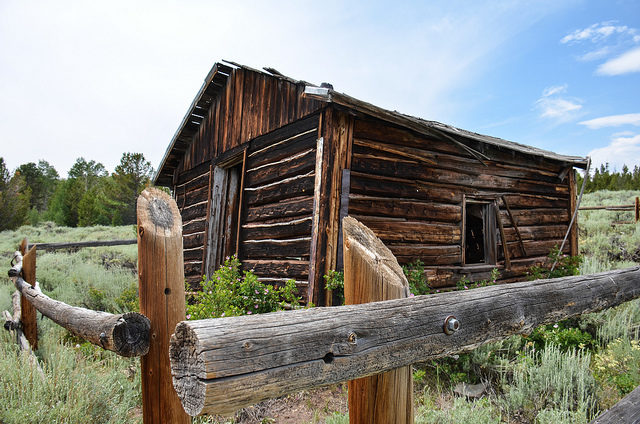
With the discovery of gold nearby in 1868, there came an era of mining and the establishment of the town of Hamilton City. The Miner’s Delight mine was located about a quarter mile west of the town.
Originally founded by Jonathan Pugh and maintained for many years by James Kime, it was among the state of Wyoming’s first communities. The town’s nomenclature, and how it ended up being called “Miner’s Delight” instead of “Hamilton City”, is a topic of historical debate. Photos: m01229/Flickr
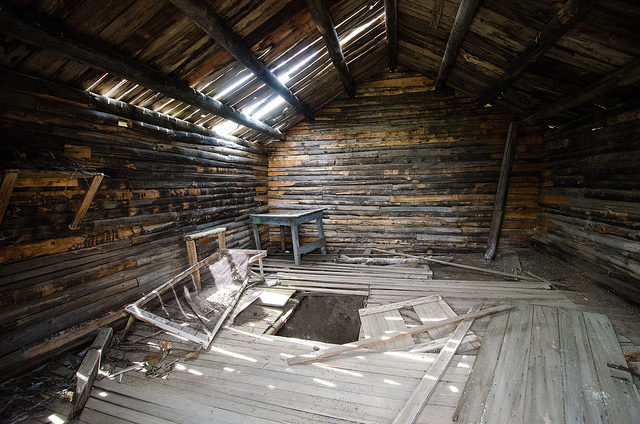
The mine was initially rich enough that a 10-stamp mill was erected to crush the rock. Miner’s Delight went through several boom-bust periods like many western mining towns did. The original boom of mining activity “busted” from 1872 to 1874.
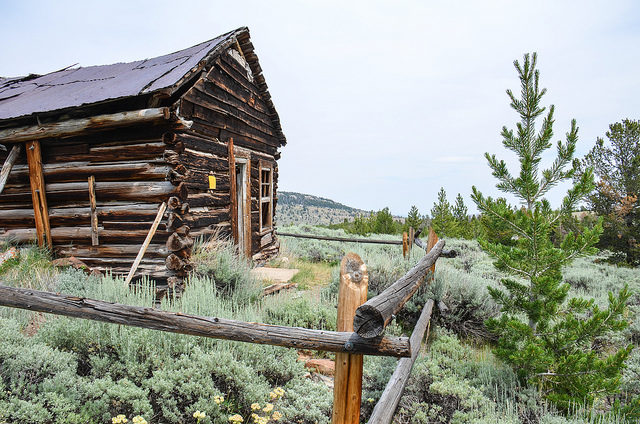
However, like the nearby mining camps, Miners Delight soon found that the gold was more expensive to recover than it was worth and within a few years, its population fell dramatically from its peak of some 75 residents. in March 1882, the mine was completely shut down and not used again until after the turn of the 20th century.
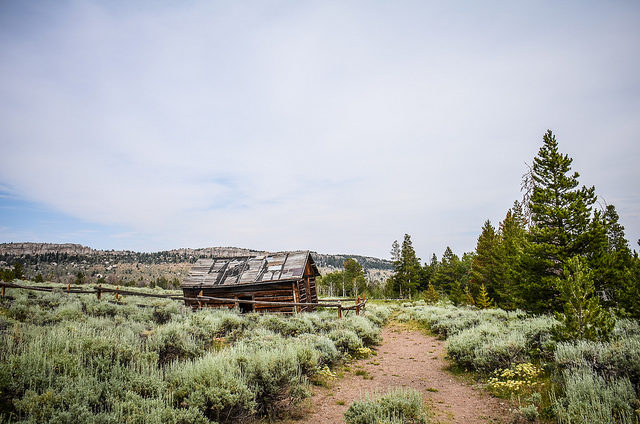
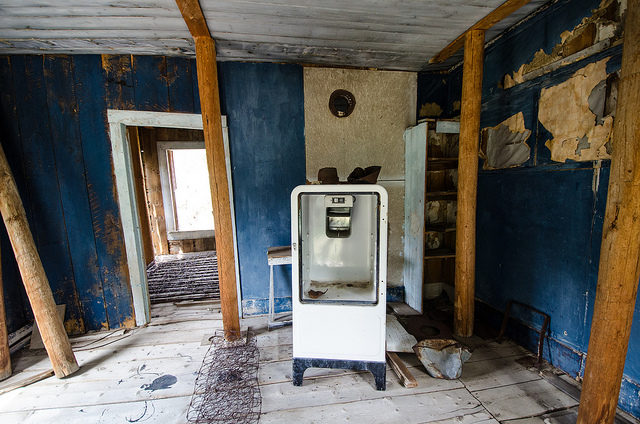
Smaller booms occurred in 1907 and in 1910, and then again during the Great Depression. The town was inhabited as late as 1960.
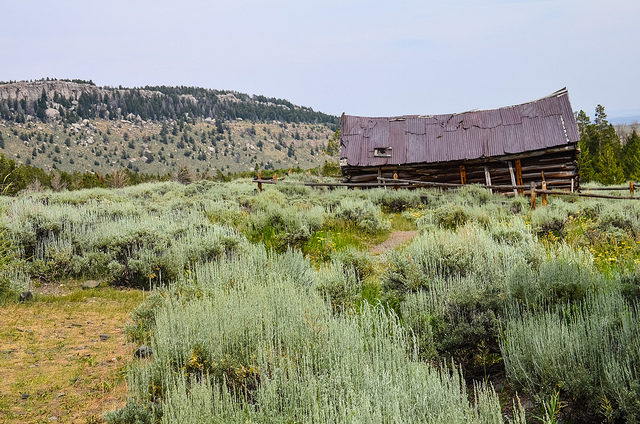
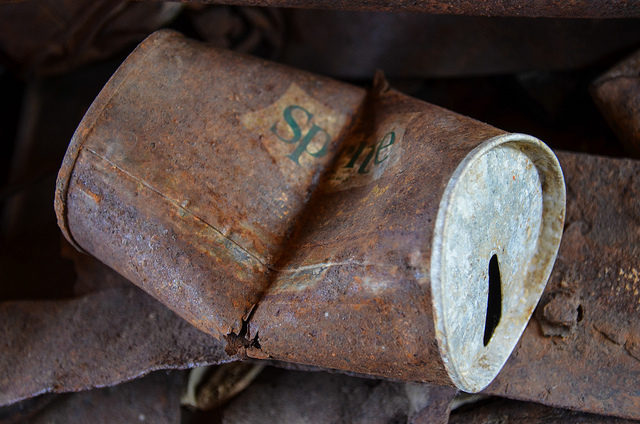
Today, through historic preservation by the Bureau of Land Management and various university programs and courses, the ghost town at Miner’s Delight stands as a testament to the passage of time and provides historians with a peek at early Wyoming life and the gold mining culture. Miner’s Delight was added to the National Register of Historic Places on June 4, 1980.
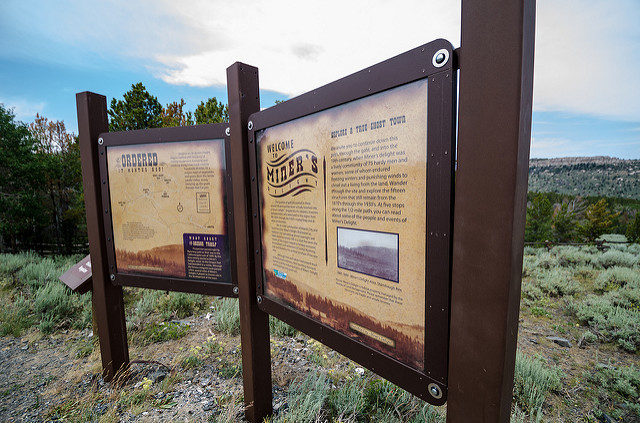
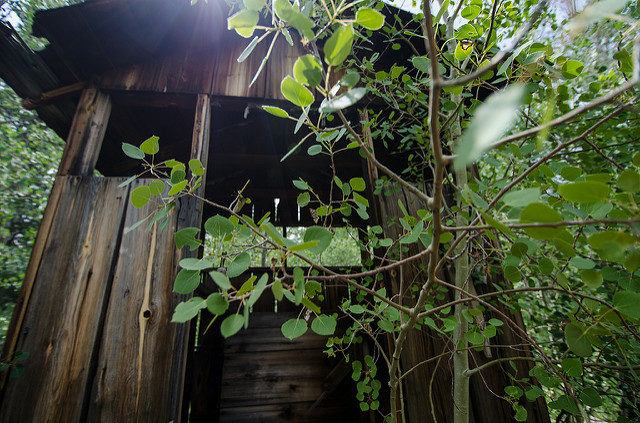
Today, through historic preservation by the Bureau of Land Management and various university programs and courses, the ghost town at Miner’s Delight stands as a testament to the passage of time, and provides historians with a peek at early Wyoming life and the gold mining culture.
There is a total of seventeen structures on the site: seven cabins, one saloon, one meat house, one shop or barn, one shaft house, one pantry, one cellar, three privies, and a corral. All of the buildings are constructed of logs or unfinished lumber.
